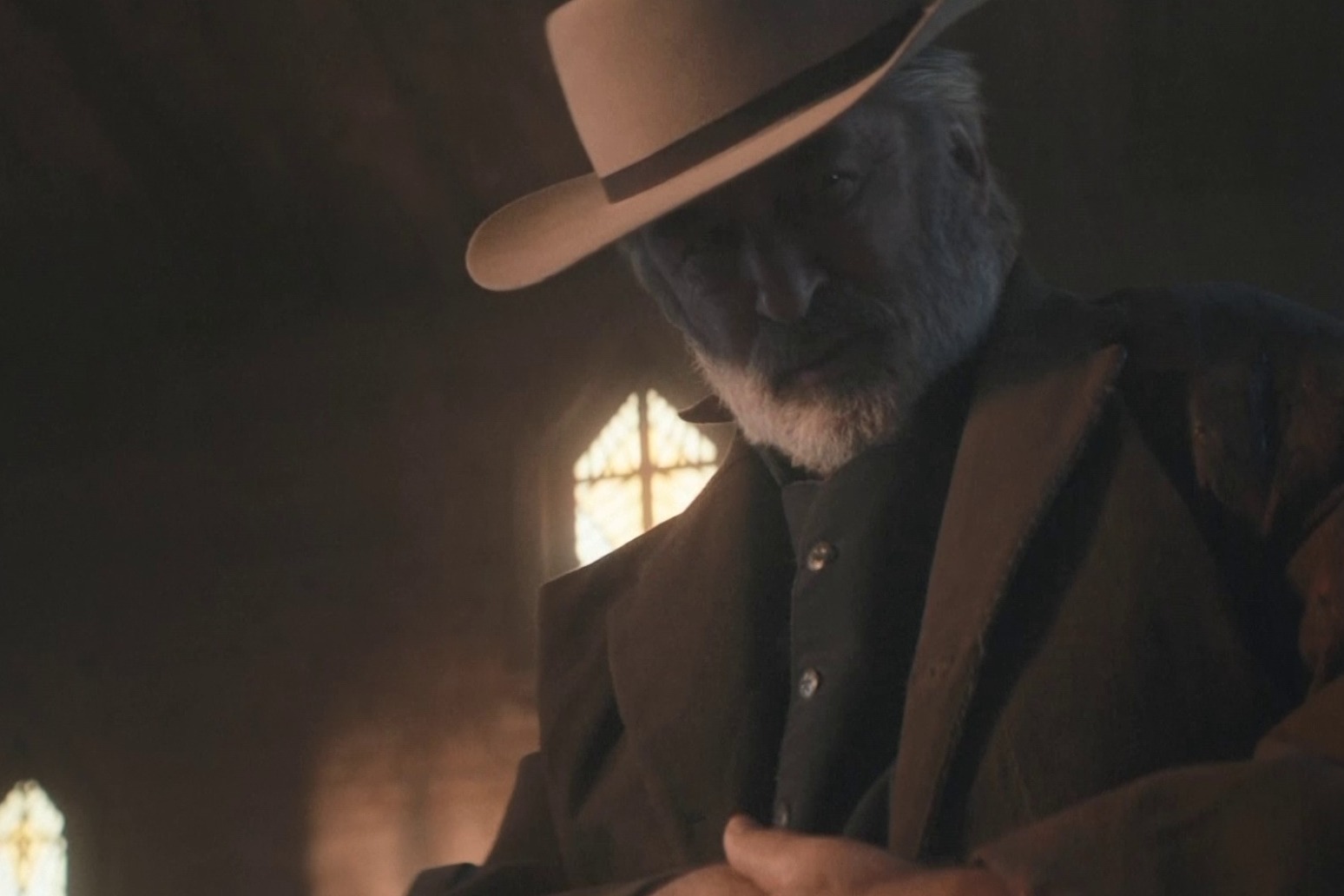
Sets likely changed forever after Halyna Hutchins was shot while filming Rust
Movie production and firearms experts say filmmaking probably changed forever when cinematographer Halyna Hutchins was shot and killed on the remote New Mexico set of the western Rust.
It comes after prosecutors said actor Alec Baldwin and the film’s weapon supervisor will be charged with involuntary manslaughter later this month.
“The gun safety experience on set has become more vocal. It’s a lot louder,” said Joey Dillon, an armorer who has overseen the use of firearms on TV shows like Westworld and films such as The Ballad Of Buster Scruggs.
“I make it a lot louder myself.”
Baldwin, 64, was pointing the gun with the live round that killed Ms Hutchins 14 months ago as they set up a shot.
People at several levels of production are determined to assure such a tragedy never happens again.
That has meant the increasing use of digital and other technology that could make gunfire of any kind obsolete.
It has also meant more simple things, like shouting when using the same safety protocols long in place to make clear to everyone when a gun is present and what its status is.
Actors and others are more interested when the gun is handed over.
“Now people want to check because people are a little a little gun shy,” Mr Dillon said.
“I’ll stop the whole process just to show them so that they feel comfortable with it.”
While checking a gun themselves may be in the best interest of actors, how much responsibility they bear for doing so remains in dispute, and will be a central question for jurors should Baldwin’s case go to trial.
His union and his lawyer say the onus cannot be placed on performers.
“An actor’s job is not to be a firearms or weapons expert,” the Screen Actors Guild said in a statement.
“Firearms are provided for their use under the guidance of multiple expert professionals directly responsible for the safe and accurate operation of that firearm.”
Baldwin’s defence lawyer Luke Nikas said his client did his job by relying “on the professionals with whom he worked, who assured him the gun did not have live rounds”.
Santa Fe district attorney Mary Carmack-Altwies disagrees.
“It is incumbent on anybody that holds a gun to make sure that it is either not loaded or to know what it is loaded with,” she said.
“And certainly then to not point it at someone and pull the trigger. That’s where his actor liability, we think, comes in.”
She also emphasised that while Baldwin is to be charged as the man with the gun in his hand, his role as a producer, and at least partial responsibility for the lax conditions that led to his having a loaded gun, were a consideration in deciding to bring the charges.
Hannah Gutierrez-Reed, who oversaw the film’s firearms, will also be charged with involuntary manslaughter, the district attorney said.
Her lawyer Jason Bowles said he will “bring the full truth to light and she “will be exonerated of wrongdoing by a jury”.
Technology may take the safety question out of actors’ hands entirely.
Productions were already using digital effects to simulate the flash and bang of gunfire more often, but Ms Hutchins’ death has almost certainly sped the change along.
“There are a lot of bad ways that digital takes over but this is a good way,” said Spencer Parsons, an associate professor and head of production at Northwestern University in the School of Communication’s department of Radio/Television/Film who has worked as a director and in other roles on any sets.
“I’m not saying that there’s no good reason to use real pyrotechnics but in terms of basic safety and speed, this makes sense.”
And when it comes to hardware, companies have been making increasingly convincing replicas, essentially enhanced BB guns with moving parts that behave like pistols but do not fire bullets.
Muzzle flashes and sounds are added in post-production.
But, Mr Parsons said, “there’s not a lot of replicas for some of the antique stuff” used in westerns and other period movies, which he specialises in.
Other solutions sought for sets may be misguided and may not help.
In the days immediately after the shooting, much media discussion surrounded the dangers of blank rounds in guns, based on the assumption that one of them killed Ms Hutchins.
“From experience I knew it was more than that,” Mr Dillon said. “But the immediate reaction in the industry was to try to cancel the use of blanks altogether.”
Mr Dillon said dummy rounds – prop bullets used in scenes where characters are shown loading guns – are more likely to result in mistakes like what happened on Rust since they look like live ammunition and could be confused with them.
He said he found that “frustrating because that can accidentally impart to the crew that we’ve been ignorant” and previously kept them in unnecessary danger.
When investigators revealed it was actually a live round, the fear of blanks, which can certainly be very dangerous at very close range, remained.
Gutierrez-Reed’s dual role as armorer and assistant props supervisor has also received negative attention.
But Mr Dillon said the overlap of weapons and props is inevitable and such dual roles happen often.
“When the guns come out, that’s all I’m worried about,” he said. “And that’s all I’m working on.”
Published: by Radio NewsHub